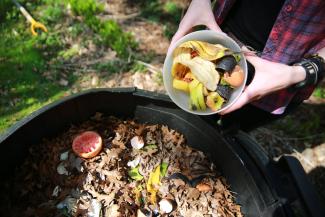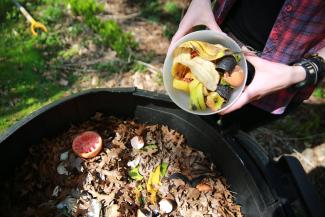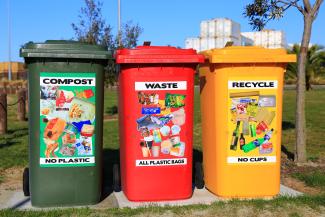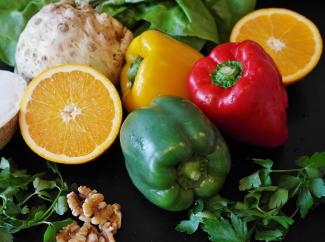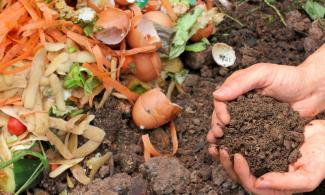New Model Resolutions Offer Municipalities First Step for Food Waste Reduction Measures
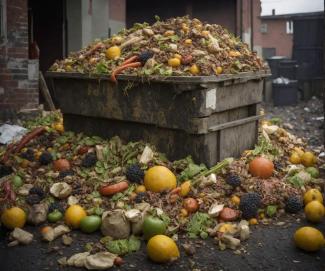
The Environmental Law Institute and NRDC recently released six model resolutions on advancing food waste reduction, complimenting the six existing ELI/NRDC model municipal policies. These new model resolutions provide template language that city councils and other municipal legislative bodies can adopt, in whole or in part, to express support for a range of food waste reduction measures



